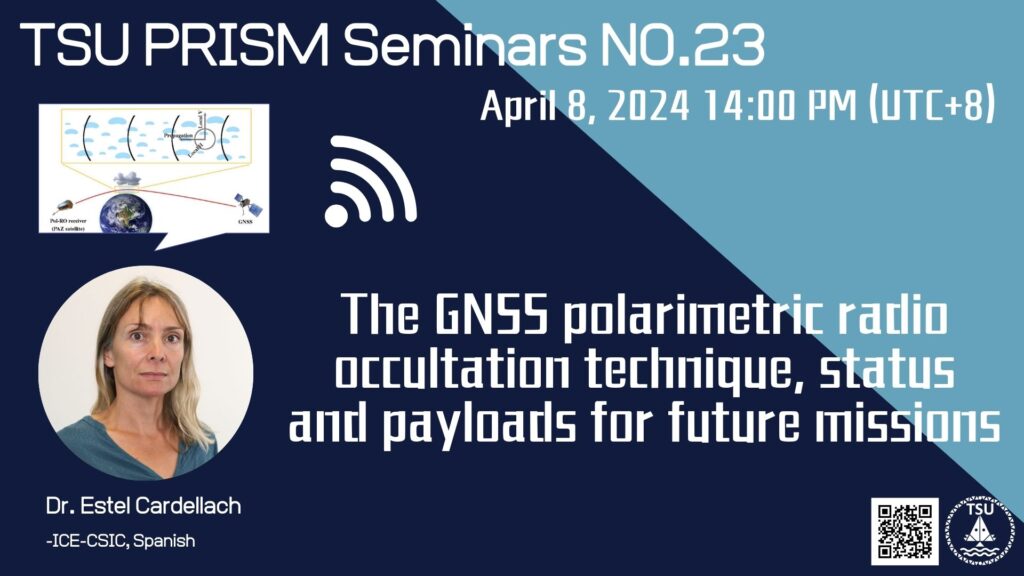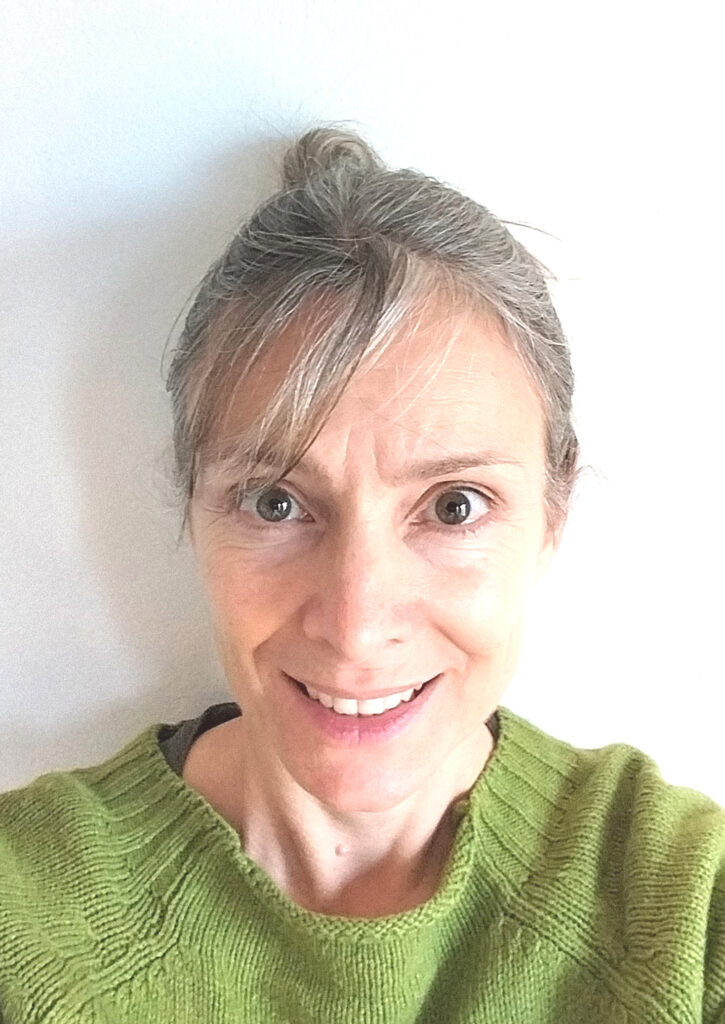
★ April 8, 2024, 14:00 PM (UTC+8)
Speaker: Dr. Estel Cardellach (Spanish National Research Council | CSIC · Institute of Space Sciences)
Title: The GNSS polarimetric radio occultation technique, status and payloads for future missions

Dr. Estel Cardellach
Bio (Dr. Estel Cardellach)
Estel Cardellach received the Ph.D. degree in physics from the Polytechnic University of Catalonia, Barcelona, Spain, in 2002. Her studies have focused on scientific applications of the Global Navigation Satellite Systems (GNSS) for remote sensing of the earth, such as the extraction of geophysical information of the GNSS reflected signals, radio occultation, and geodetic techniques.
She was a Postdoc with the NASA/Jet Propulsion Laboratory, Pasadena, CA, USA (11/2002-11/2003), and with the Harvard University / Smithsonian Institution Center for Astrophysics, Cambridge, MA, USA (12/2003-02/2005). Since 2005, she has been with the Institute of Space Sciences (ICE-CSIC/IEEC), Barcelona, Spain, first under the ‘return’ programs and then in permanent positions. She had and still has relevant roles in spaceborne missions: she was the Co-Chair of the Science Advisory Group of ESA’s GEROS-ISS mission, and a Co-Principal Investigator of the G-TERN proposal, in response to ESA EE9 mission call. She is currently the Principal Investigator of the spaceborne experiment Radio-Occultation and Heavy Precipitation aboard the PAZ low earth orbiter, a proof-of-concept experiment to test a new measurement principle she conceived in 2009. She is also Co-Chair of the 2nd ESA Scout mission HydroGNSS’ Science Advisory Group. Cardellach served as Co-Chair of the IEEE Geoscience and Remote Sensing Society’s Instrumentation and Future Technologies Technical Committee (IFT-TC), and still is Co-Chair of IFT-TC’s Working Group on GNSS remote sensing. Since 2007, she is the local manager of EUMETSAT Radio Occultation Meteorology Satellite Application Facility (ROM SAF), an integral part of EUMETSAT’s applications Ground Segment.

